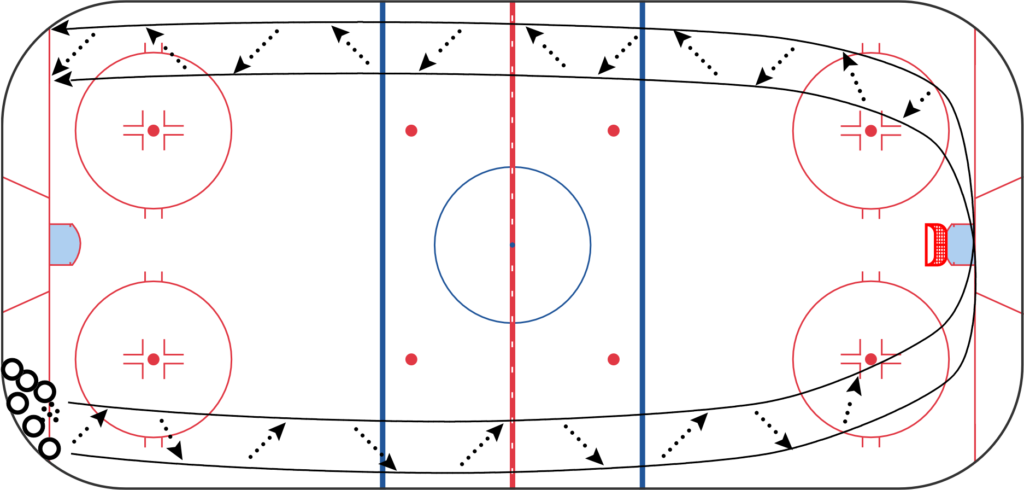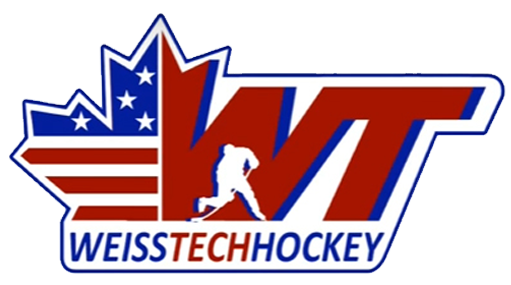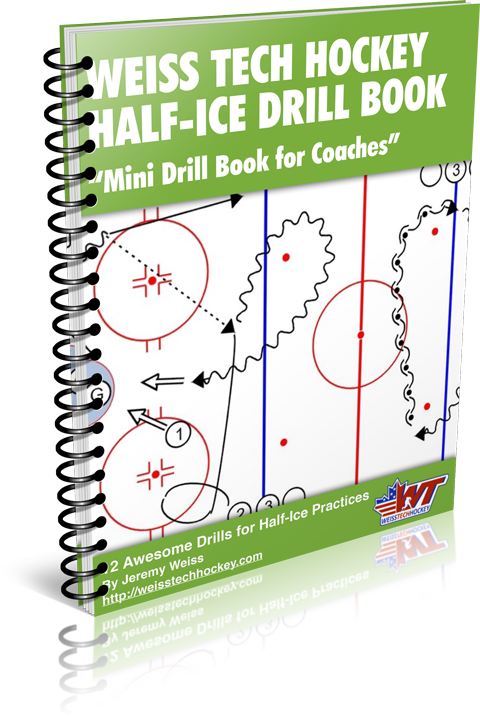Understanding the Synchronized Passing Drill
In the world of hockey, mastering the art of passing is critical. Smooth, effective passing can make the difference between a successful play and a missed opportunity. In this guide, I’ll walk you through a quick, simple, yet effective passing drill called “Synchronized Passing.” This drill can be applied to players of all ages and skill levels. Moreover, it offers several variations to keep practices dynamic and challenging.
What is Synchronized Passing?
The Basics
Synchronized passing aims to teach players to give and receive passes smoothly without breaking stride. The essence of this drill is maintaining close distance between players to ensure precise and efficient passing. You’ll want to focus on moving the puck “tape to tape”—meaning your passes are hitting the sweet spot of your teammate’s stick every single time. As players get better, the drill can be modified to incorporate more distance and different types of passes.
Initial Setup
- Player Placement: Position two lines of players about two stick lengths apart. Players should be close enough that if they reach their sticks across, they can touch each other.
- Speed: Start the drill at half or three-quarters speed to develop a feel for the passing rhythm. Eventually, work up to full speed.
- Pass Style: Begin with a cushion and sweep pass, moving to touch passes or even finesse saucer passes as players improve.

Execution of the Drill
Basic Layout
- Starting the Drill: One line of players starts with the puck. Players move down the ice, exchanging passes in a synchronized manner. They should cushion sweep their passes to control the puck and deliver passes smoothly.
- Crossing Behind the Net: Once players reach the end of the rink, they loop around behind the net. Right-handed players will be on their forehand on the way down and backhand on the way back, and vice versa for left-handed players.
- Reversing Direction: After completing the first leg of the drill, players wait in a line on the same side of the rink and then repeat the drill coming back the opposite way.
Adding Complexity
As players become adept at synchronized passing, you can add a shot to the drill for an added layer of complexity:
- Incorporate Shooting: Instead of looping around and returning, players can work in pairs. The pass goes to the outside player as they cross the blue line, driving wide while the other player drives towards the backdoor.
- Executing Shots: The player with the puck makes a quick pass across the ice to their partner for a shot on net. This variation mimics a two-on-zero type scenario and helps players practice game-like situations.
Advanced Variations
Butterfly Passing
Butterfly passing is a more advanced iteration of synchronized passing:
- Initial Passing: Players start in the middle of the ice, maintaining close passes as they move down the rink.
- Cross-Ice Passes: In the far zone, players pass the puck to one side and then loop around the bottom of the circles. They come back with long cross-ice passes.
Specifics of Cross-Ice Passing
- Forehand vs. Backhand: While cross-ice backhand passes are generally low percentage plays, focusing on forehand passes can increase accuracy and success. The players receiving the puck should always gather it in front of them, whether it lands on their forehand or backhand.
- Avoiding Other Players: This drill helps players practice avoiding teammates who are also in motion, providing a more game-like feel.
Practical Tips and Insights
Emphasize Forehand Passes for Long Distances
While there is value in teaching players to use their backhands, long cross-ice passes on the backhand are low-percentage plays even in professional hockey. For this reason, emphasize sniping hard, accurate forehand passes during the butterfly drill.
Ensure Smooth Execution
The cornerstone of synchronized passing is achieving seamless puck movement. Strive for smooth, uninterrupted strides paired with crisp, accurate passes.
Keep Modifying
Introduce variations such as changing pass types, increasing distances, or incorporating more shots to keep the drills engaging and challenging. This approach ensures players remain focused and constantly improve their skills.
Conclusion
Synchronized passing is a vital drill for hockey players aiming to refine their passing game. By focusing on close-quarters passing, adding shooting components, and progressing to more complex configurations like butterfly passing, players can significantly enhance their skill set. Mastering these drills not only contributes to individual player development but also fosters better teamwork and communication on the ice.
For more drills, skills, and resources, be sure to keep up with Weiss Tech Hockey’s blog. Whether you’re a coach or a player, continuous practice and dedication to mastering the fundamentals are key to excelling in hockey. Happy training!
USE THIS DRILL IN YOUR OWN PRACTICE PLAN:

COACHTHEM: Online Coaching Tool
- Simple but Powerful – just two main pages, all the tools are packed into an intuitive interface
- Use it on Any Device – No plug-ins, nothing to download. You can plan your practices wherever, whenever.
- Draw Once, Keep Forever – With simple drawing tools, you can spend more time doing what matters. Draw once and keep it online forever.
- A Sharing Community – At the click of a button, easily connect with the coaches you know, whether they’re down the street or across the country.
CLICK HERE TO PURCHASE (use code JWEISS15 for 15% off at checkout) >>

Jeremy Weiss (with his translator) presenting at a hockey coaching symposium for the Russian Federation in Moscow—2018.
Who is Jeremy Weiss?
Hockey coach and international consultant, Jeremy Weiss, has worked with thousands of coaches worldwide since 2008 to help produce championship teams at every age and skill level.
He is known internationally through the work he has done online. In 2008 he invented “digital chalktalks” which combined screen sharing with drill diagramming software, to produce a training experience nobody had ever seen before. His YouTube following quickly grew to over 19,000 subscribers, and he has produced over 130 training videos.
Jeremy runs a development blog for coaches, which has over 280 posts. He is the author of 10 hockey books for coaches, and is the editor of Hockey Development Magazine.
He was trained in the Eastern European style as a pre-teen, by his Czechoslovakian skills coach, and competed internationally as a “Wexford Raider” among the top youth hockey programs in the world including Russia, Czechoslovakia, Finland, and top teams in his home province Ontario, Canada.
He majored in Exercise Sciences at Brigham Young University, and subsequently worked as a Personal Trainer, where he continued to study and develop ideal training methods for hockey.
He has incorporated the very best pieces from the various training styles he has been involved in, and has built a world-class off-ice strength and conditioning program that fits the specific needs of hockey players.







I use a modified version of this often. Inside man shoots on goalie. Outside man picks up a puck (or a coach can pass one) when he crosses over becoming the inside man on the way back. He (inside man) takes a shot. This way each player gets a shot during this drill.
i like it!